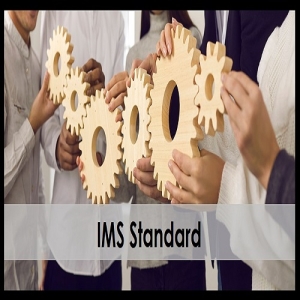What are the Factors that Must Be Considered While Complying with the Several ISO Management Standards?Posted by certification consultancy on November 3rd, 2023  To handle crucial areas including information security, asset maintenance, workplace health and safety, quality management, environmental impact management, and asset management, most firms have various management systems in place, either clearly or implicitly. They overlook, meanwhile, the fact that having independent or distinct management systems for every department adds to the workload for employees, confuses them because of redundant procedures, and leads to poor management. To meet customer needs, maintain stakeholder interests, and make the company efficient, all management systems ultimately work in concert. As a result, many of their characteristics are similar. For this reason, running them independently leads to monotonous tasks that squander both time and resources. The outcome of the smooth integration of all important management systems into one location is an Integrated Management System (IMS). The company can increase productivity, save enough time, and streamline its management processes thanks to this single core technology. By allowing them to handle every management area from a single system, it lessens the likelihood of duplication. Put simply, the IMS eliminates the headache associated with running several management systems. It makes it easier for a company to operate with a single strategy and satisfy the requirements of many ISO standards. Many users are curious to find out What standards are set by IMS. According to ISO Experts, an IMS Standard is created when multiple ISO Management System Standard criteria are combined for certification and implementation. Below is a list of potential IMS Standard combinations and their integration.
The following additional management system standards can be incorporated into an IMS:
Majorly IMS Standard is a combination of ISO 9001, ISO 14001, and ISO 45001 standards, and it is used to integrate and implement three separate management system standards within a business. Likewise, when selecting a Management System Standard for an IMS Certification, the firm is free to select multiple options. After merging the various management system standards, it implements the IMS Standards in a manner akin to that of a single management system certification procedure. In addition to helping, you can run the business more effectively, an integrated system can also save costs associated with audits, increase internal communications, and maximize resource efficiency. The business's processes and operations are streamlined by an IMS, which makes it simple for the senior management group to monitor them and identify areas for improvement. As a result, it continuously encourages your company to upgrade the IMS, which leads to improved environmental management, occupational health and safety, quality, and information security, among other benefits. In summary, it leads to an overall improvement in the production, efficiency, and performance of your company. Nonetheless, a business needs to take into account several elements to comply with many ISO management requirements using an integrated system. So, here are the factors that must be considered while complying with several ISO management standards:
Like it? Share it!More by this author |


